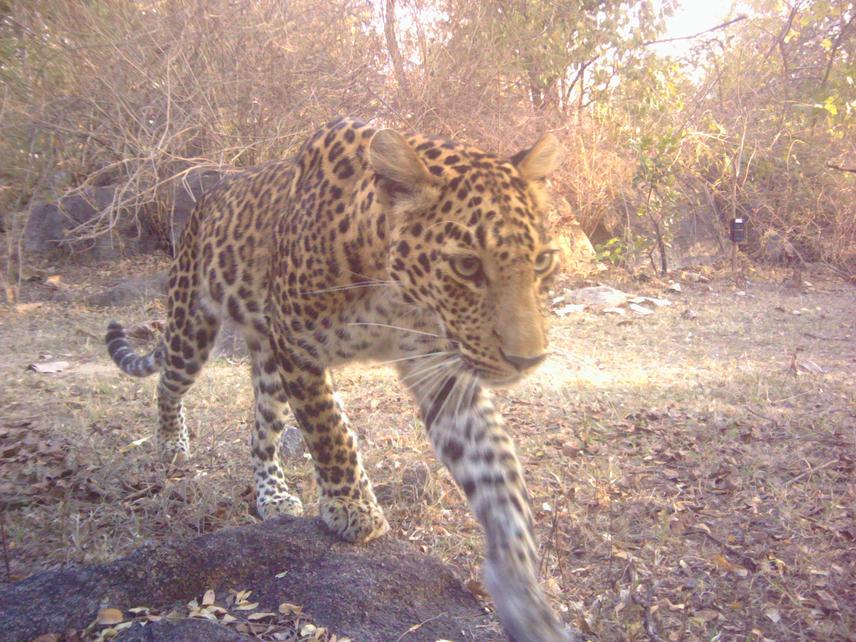Mahi Puri
Other projects
21 Sep 2015
Examining Large Carnivore Occurrence, Conflict and Socio-Cultural Tolerance in the Central Indian Landscape
Increasing challenges of development have limited the opportunities to expand habitat for threatened wildlife in India. Carnivore presence on private land, a major conflict issue, can be transformed into an opportunity that allows local communities to derive tangible benefits from conservation. I aim to combine scientific evidence on wildlife species distribution with socio-economic data towards achieving this goal. Specifically, I will (a) determine the habitat-use patterns for 8 conflict-prone carnivores; (b) examine people’s willingness to engage in conservation interventions (restoration/agroforestry) and (c) combine species distribution data, conflict-risk and economic data on land to prioritize areas for conservation.

India harbours 23% of the global carnivore species, but has managed to secure less than 5% of land as protected areas. These parks are highly vulnerable to the challenges of development. They are also small, isolated and embedded in a mosaic of multi-use forests and agricultural lands. Several carnivore species occur alongside high human and livestock densities. Their proximity to humans frequently results in negative human-wildlife interactions. Worldwide, various approaches have been implemented to incentivize local communities to live with wildlife and be proactive towards conservation. To ensure long term persistence of carnivores, it is crucial to integrate human-modified areas as inclusive conservation landscapes.
The goal of my proposed research is to identify solutions that would contribute to expanding habitat for threatened carnivores in India. I aim to develop a science-based framework for prioritization of areas, integrating carnivore ecology, social acceptance and economic viability which would aid in developing strategies for human-carnivore coexistence. The specific research objectives and respective hypotheses are as follows:
1. Quantify spatial patterns of habitat-use by carnivores in human- dominated areas and identify environmental and anthropogenic factors driving them. I hypothesize that the patterns of habitat-use by each of the carnivores would be governed by the composition and configuration of the various land cover/land use types, based on their life history traits. For example, the availability of forests may be favourable for species like tigers, dholes and bears, while open scrublands and agricultural areas may be more suitable for wolves and jackals. Similarly, less fragmentation and close proximity among forest patches would facilitate occurrence of tigers. In contrast, resource provisioning through human presence (availability of dogs, livestock and poultry) would benefit leopards, wolves and jackals.
2. Examine the willingness of local communities to alternative livelihood options and determine factors influencing the same. I hypothesize that willingness of private landowners to engage in conservation stewardship would be driven by economic incentives offered, history of land tenure, and other socio-economic characteristics including agricultural income, size of land holding, perception towards wildlife.
3. Prioritize areas for long term conservation interventions with high biodiversity value and minimal opportunity costs. I hypothesize that the areas which will be identified as priority sites for conservation would be driven by habitat-use patterns of species with high conservation value, conflict-risk associated with carnivore presence and opportunity costs associated with conservation on private lands.